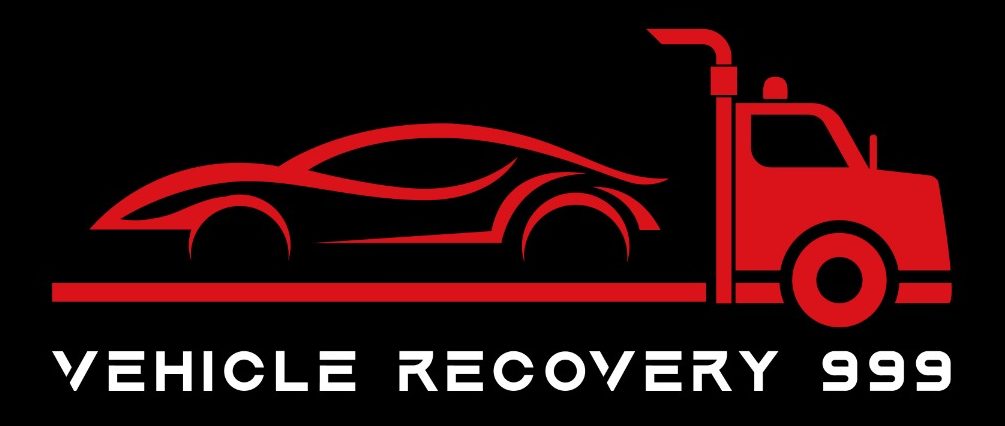Choosing the right tow truck can save time, protect your vehicle, and make a tough situation easier. At vehiclerecovery999, we often get questions about the best way to tow different types of vehicles. In this guide, we’ll break down the types of tow trucks, what each one does, and when you might need one.
Why Knowing the Right Tow Truck Matters
Not all tow trucks are built the same. Whether you’re stuck on the side of the road or need to transport a vehicle across town, the right equipment makes all the difference. Each tow truck type is designed with specific vehicles and situations in mind—pickup trucks, sedans, motorcycles, buses, and even trailers.
Main Types of Tow Trucks
Let’s look at the types of tow trucks most commonly used today.
Flatbed Tow Truck
What It Is
A flatbed tow truck, also known as a rollback, has a long, flat bed that can be hydraulically inclined. The vehicle is driven or winched onto the bed, which is then leveled out.
Best For
- Vehicles with serious damage
- All-wheel-drive cars
- Luxury or lowered cars
- Motorcycles
Pros
- Keeps the towed vehicle fully off the road
- Ideal for long-distance towing
How It Works
A hydraulic system moves the bed into position, and a winch pulls the vehicle onto it. Then, the bed returns to a flat position, ready to go.
Wheel-Lift Tow Truck
What It Is
Wheel-lift trucks use a metal yoke that lifts the front or rear wheels off the ground. The other wheels stay on the road.
Best For
- Short to medium-distance towing
- Quick removal situations, such as repossession
Pros
- Fast hookup
- Less expensive than a flatbed
Limitations
- Not ideal for all-wheel or 4×4 vehicles
- May not be suitable for long hauls
Hook and Chain Tow Truck
What It Is
This old-school method uses chains and a boom to tow vehicles. The vehicle is lifted by the axle or frame and towed with two wheels on the ground.
Best For
- Wrecked or junk vehicles
- Cars going to a scrap yard
Pros
- Simple and strong design
Drawbacks
- Can damage the vehicle’s body or suspension
- Less common today
Integrated Tow Truck (Self Loader)
What It Is
This type combines a boom and wheel-lift system in one unit. Often used for quick towing jobs like repossession.
Best For
- Tight spaces
- Repossession jobs
Features
- Remote control arms for fast pickup
- Mounted on a heavy-duty chassis for stability
Boom Tow Truck
What It Is
A boom tow truck uses a large hydraulic arm, or boom, to lift vehicles. The boom can extend and rotate.
Best For
- Vehicles stuck in ditches
- Recovery from tough spots (like riversides or embankments)
Strength
The hydraulic boom can lift significant weight and reach hard-to-access areas.
Choosing the Right Tow Truck
When picking from the different types of tow trucks, ask these questions:
What Type of Vehicle Do You Have?
A small car, pickup, or heavy-duty truck each needs a different kind of towing approach. Buses and trailers need even more weight support.
Is Your Car Damaged or Just Disabled?
Severely damaged cars need a flatbed. Light mechanical issues might only need a wheel-lift.
How Far Is the Tow?
Long distances call for flatbeds. Short city tows may be fine with a wheel-lift.
Does Your Vehicle Have Special Features?
Vehicles with rear-wheel drive, all-wheel drive, or low clearance need special attention.
The Evolution of Tow Trucks
Tow trucks have changed a lot since their early days. The first ones used simple winches and hooks. Today’s models rely on complex hydraulics, improved safety measures, and quick-lift features. The use of modern materials and strong axles means better performance and less risk of damage.
The boom, winch, and yoke have all been upgraded over the years to better serve today’s needs.
Final Thoughts
Understanding the different types of tow trucks helps you make better choices. Whether you drive a compact car or a large bus, there’s a tow truck designed for your situation. At vehiclerecovery999, we’ve helped thousands of drivers choose the right towing option.
Next time you need help, you’ll know what to ask for—and that could save you money, time, and stress.
Quick Summary:
- Flatbeds are best for safe, all-around towing
- Wheel-lifts are fast and cost-effective
- Hook and chain is mostly outdated
- Integrated trucks are great for tight spots
- Boom trucks handle tricky recoveries
If you’re still unsure, feel free to contact vehiclerecovery999. We’re here to help you get moving again.

